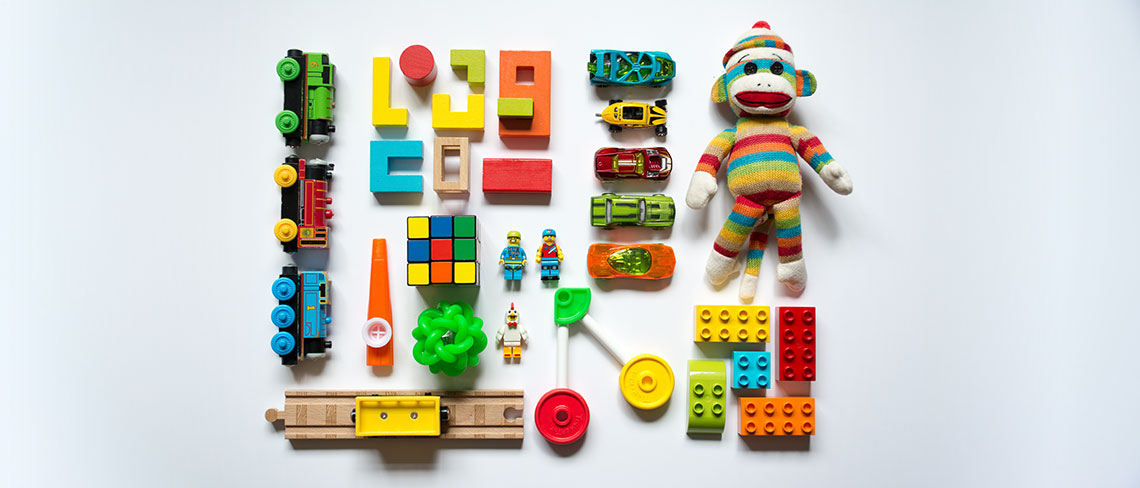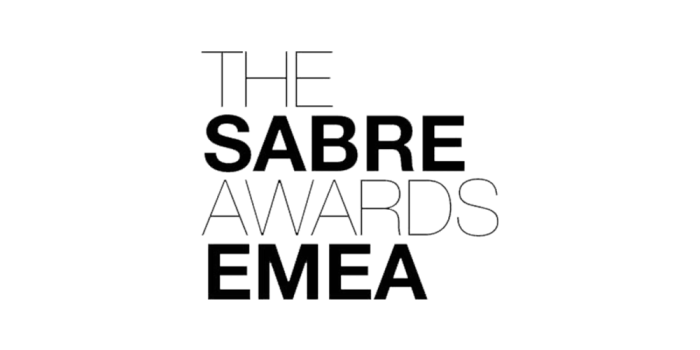
Scandi lifestyle expert provides top tips on how best to get your little ones involved in a clear-out for an all-round happier household this autumn-winter.
With the mayhem of the summer holidays and start of the new academic year behind us, the festive season approaching, and (at least) a week’s worth of half term to fill, autumn can be a great time to free up space (in both home and head!) by having a good clear-out.
Though it might feel like there is never a good time to get your children involved in the task of decluttering, there’s certainly never a bad time either, with studies suggesting that doing household chores can improve a child’s life satisfaction, social skills, and academic abilities, amongst other benefits .
Whilst it might seem like an impossible task, Catharina Björkman, Scandi lifestyle expert at Contura, explains how you can get your kids helping with a clear-out for an all-round happier household.
Catharina says, “Some might see decluttering as a painful task – made worse by the idea of adding children to the mix – but believe it or not, clearing your home as a family can be fun, productive, and rewarding.
“In Sweden, we educate children on the importance of embracing a lagom lifestyle – of living moderately and sustainably, of finding balance and being content with what we have – from a very early age. We strongly believe that this approach to life, from minimalist home interiors to taking pleasure in the simple joys of the outdoors, is key to achieving happiness.
“A great place to introduce your little ones to this mindset within the home is through the process of decluttering. Removing excess belongings which are no longer of use or value to them will lead to a tidy, well-organised, and consequently, peaceful and productive home environment.”
Read on for Catharina’s tops tips for decluttering with the kids…
Lead by example
Approaching decluttering with a positive attitude yourself will make it far more likely that your kids will too. Make it a task you look forward to; play some of your favourite songs, pop on a great podcast, or even turn it into a workout – whatever gets you (and them) energised!
Even if they are too young to help, the simple act of observing you carry out household tasks helps to introduce them to the activity and, simultaneously, begins to build an awareness and appreciation of the hard work and precious time involved in it.
Tidy house, tidy mind
When introducing your children to decluttering, it is so important to make sure they understand why we undertake this process. Though it might not be their main source of motivation for carrying out the task in the beginning, it will help to sustain the habit as they grow older.
A fun way to teach young children about the benefits of keeping a tidy space is with a personalised game of ‘spot the difference’, which uses images of a room in your home before and after a clear-out. As they spot the series of changes, you can explain why the decluttered space not only looks nicer but is also better for wellbeing.
At its most basic level, decluttering helps to create a visually calmer interior. However, its benefits run so much deeper than just surface-level aesthetics. A clutter-free space helps ensure that your home fulfils its purpose as a restorative escape from the outside world.
Excessive clutter has been linked to heightening anxiety levels, disrupting focus, and reducing sleep quality. More practically, a decluttered home is also easier to clean, which then reduces the build-up of dirt and dust, making it a more hygienic and safe space too.
The gift of giving
The positive outcomes of decluttering need not be limited only to your home and those within it. Remind your children that, just because something is not of use to you, does not mean it is totally useless!
Let your unwanted items bring joy to others by donating them to charity shops, passing them onto friends or family, or, if totally worn out, recycling them. Framing decluttering as an act of kindness or generosity rather than disposal will also soften the concept for your children,
The act of giving not only benefits the recipient. Doing good deeds for others has been found to increase the body’s production of endorphins – also known as the happy hormones – leading to improvements in mood (aka the ‘helper’s high’ ). Similarly, reusing, rehoming, and recycling items is also a far more environmentally friendly approach to a clear-out.
Start small
When they are old enough to get actively involved, ease your little ones into the process by choosing a room which they are less familiar with. This will help introduce your child to the fundamentals of decluttering and the satisfaction that can be found in the process whilst reducing the risk of making it a negative experience, given that they are unlikely to hold strong emotional attachments to objects within this space.
Start by designating a small, manageable task to tackle alongside you. For example, if clearing out a home office space, ask them to sort their way through a pot of your pens, highlighters and pencils. Break the task down into smaller chunks by asking them to check each item of stationary works by drawing on a piece of paper and then, once this is done, to arrange them in different colour categories.
It is important to make the experience as positive as possible, so don’t worry too much if they get sidetracked by their colourful doodles, just gently encourage them to carry on working their way through those left in the pot.
Whilst they do this, you can talk through your own decluttering process, safe in the knowledge that your little helper is busy in the background.
Slow and steady
When your little ones are well-practiced with the process of decluttering, move them onto helping you weed through more familiar spaces. Given that your child will likely hold stronger emotional attachments to objects in these spaces, it is important that this is approached with care and caution.
Begin by opting for a ‘one in, one out’ policy. For example, if gifted a new jumper at a birthday or Christmas time, use it as a chance to ask them to donate an older, outgrown item of knitwear. It will also get them slowly used to the practice of evaluating an object’s value and familiarise them with the idea that our belongings should be cherished and are finite in numbers, not unimportant and never-ending.
Eventually, you can ask them to tackle more personal areas such as sorting through their wardrobe in the bedroom or the playroom’s toy stash. Be sure to ask them lots of questions to help them to feel in control. When coming up against an obvious ‘get-rid’ item, guide them towards the logical outcome by asking leading questions such as, ‘do these shoes still fit’ or ‘when did you last play with this toy’ to help them understand the reasoning behind giving it away.
On the fence
If your child adamantly disagrees that something should go or if there is an object that they are uncertain about, do not force them into a decision – it is okay to not be sure!
Instead, set aside a dedicated box in which you can place such belongings and can come back to after a week or on your next clear-out. Ask yourself (and your child) if this object has been of use (played with, used, worn, etc.) since it was first placed in the box; if yes, perhaps it is best to hold onto it for a little longer but, if the answer is no, it’s likely time to give it up.
Watch the clock
Make sure that you block out specific times to declutter. Think ‘little-and-often’ and opt for short bursts tackling one room at a time rather than making it a random, never-ending, and overwhelming task. This structure reduces the risk of procrastination, boosts productivity , and will also help your child to stay focused and motivated.
Similarly, keep in mind your children’s schedule and energy levels. They are likely to be tired after school, or too distracted or excited before a play date, so choose time slots where they are likely to be calmer, rested, and able to focus.
Storage systems
Teach your children to incorporate decluttering habits into their daily routines. This will help ensure that they don’t undo any of the progress made previously, to make future decluttering sessions quicker, and make the need for them less frequent. Be sure to have plenty of storage to help them with this.
Invest in a shelves, drawers or cabinets low enough that your child can access them independently in their bedroom or playroom. Label each one according to what is to be stored within and encourage your child’s early investment in the process by asking them to help choose what should go where.
Where relevant, add smaller storage units within larger ones. For example, use open-top boxes to divide underwear and socks in wardrobes and add trays with separate compartments for pens, pencils and paper to arts and crafts drawers.
And don’t forget about floor and wall spaces – underbed boxes are great for storing bulkier items such as soft toys, and shelves are fantastic for showcasing items such as framed certificates or photos, which might otherwise be lost in a drawer somewhere!
For more information on Contura, please visit www.contura.eu.
-Ends-
Notes to editors:
Rooster PR will coordinate comment, interview and profile opportunities for Contura UK Country Manager, Phil Wood. The Contura PR team will also arrange visits to the nearest Contura Design Centre dealerships or the Contura showroom in Doncaster to see the product range.
For further press information, please contact:
Tilly Everard | Anna Nyman | Elsa Findlay | Julie Aguilera
Rooster.
T: +44 (0)203 440 8930
E: [email protected]
About Contura:
Contura is Europe’s leading manufacturer of wood burning stoves, offering an extensive range of classic and contemporary wood burners; from traditional insert stoves suitable for existing fireplaces, to freestanding statement models made with innovative materials such as soapstone.
Starting at £1,495, Contura stoves are premium yet affordable. Award winning, timeless Swedish design means the products complement or enhance any style of home, whilst also offering outstanding performance, maximum efficiency, practicality and ease of use.
Designed and assembled at the factory located in Markaryd, Sweden, and manufactured to the highest standards, Contura stoves are highly energy efficient, offering powerful convection, superior combustion technology and clean burning systems. All Contura stoves are DEFRA Clean Air Act exempt and thus approved for use in Smoke Control Areas.
Contura stoves can be purchased through a network of 165 independent retailers nationwide.
Contura is part of the NIBE group, a Swedish manufacturing company producing world class solutions in sustainable energy across Europe, North America, Asia and Australia.
Contura is a founding member of the Stove Industry Alliance (SIA) in the UK.
For more information please visit www.contura.eu






